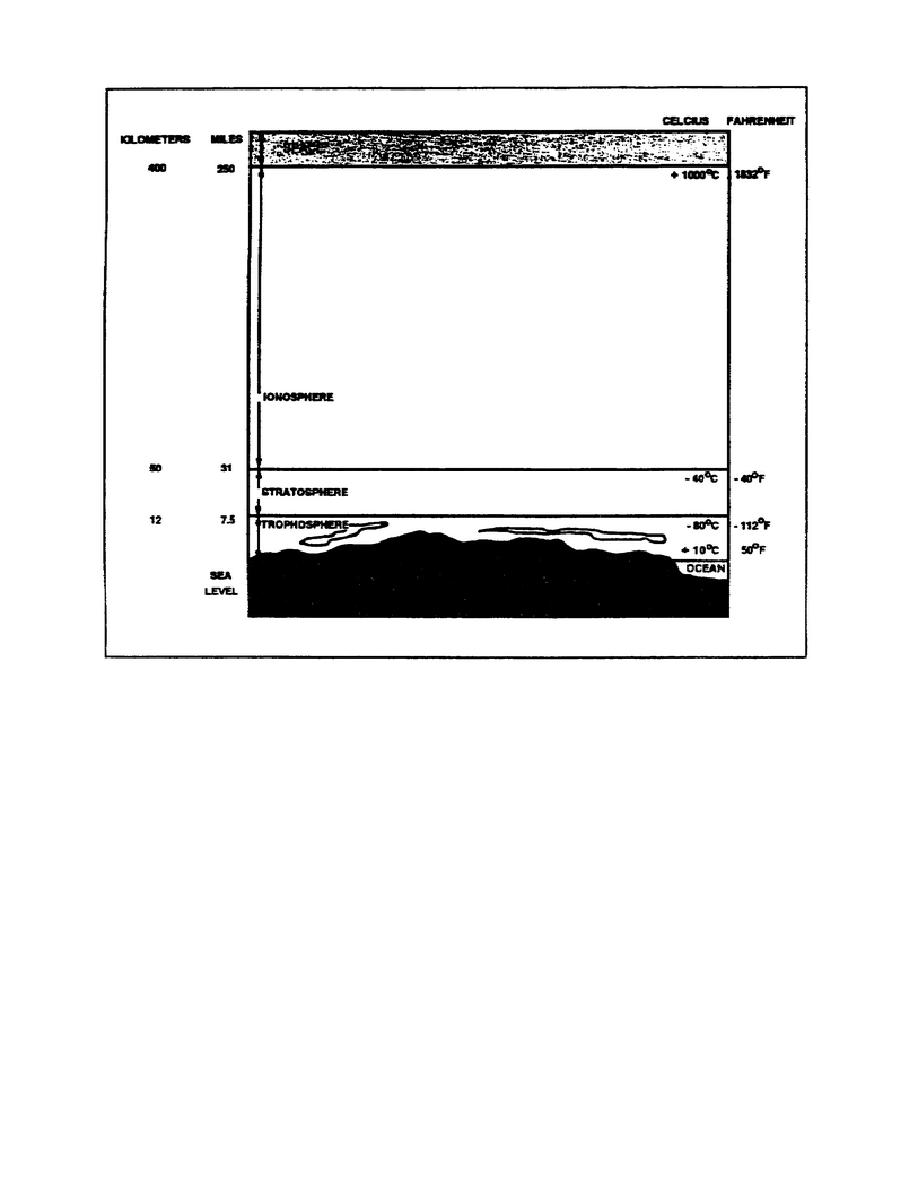
Figure 2-2. Layers of the Earth's atmosphere.
c. The ionosphere extends from about 31 miles to a height of about 250 miles. Four layers of
electrically charged ions enable radio waves to be propagated to great distances around the Earth
through reflection and refraction. This region of the atmosphere is the most important because of its use
for long-distance, point-to-point communications. It will be discussed in detail in Lesson 3 of this
subcourse.
3. Ground waves. Short-distance and all UHF and upper VHF transmissions are sent by ground waves.
Ground wave propagation is affected by the Earth's electrical characteristics and by the amount of
diffraction (bending) of the waves along the curvature of the Earth. The strength of the ground wave at
the receiver depends on the transmitter's frequency and power output, the Earth's shape and conductivity
along the transmission path, and the local weather conditions. A radio signal transmitted at high power
on a low frequency will travel farther than a high frequency signal transmitted at low power. A good
example of this is AM radio. The signal will also travel farther over a flat surface than over
mountainous terrain. A ground wave is composed of two separate component waves-the surface wave
and the space wave. Figure 2-3; page 2-4, depicts surface wave propagation.
2-3
SS0130


 Previous Page
Previous Page
